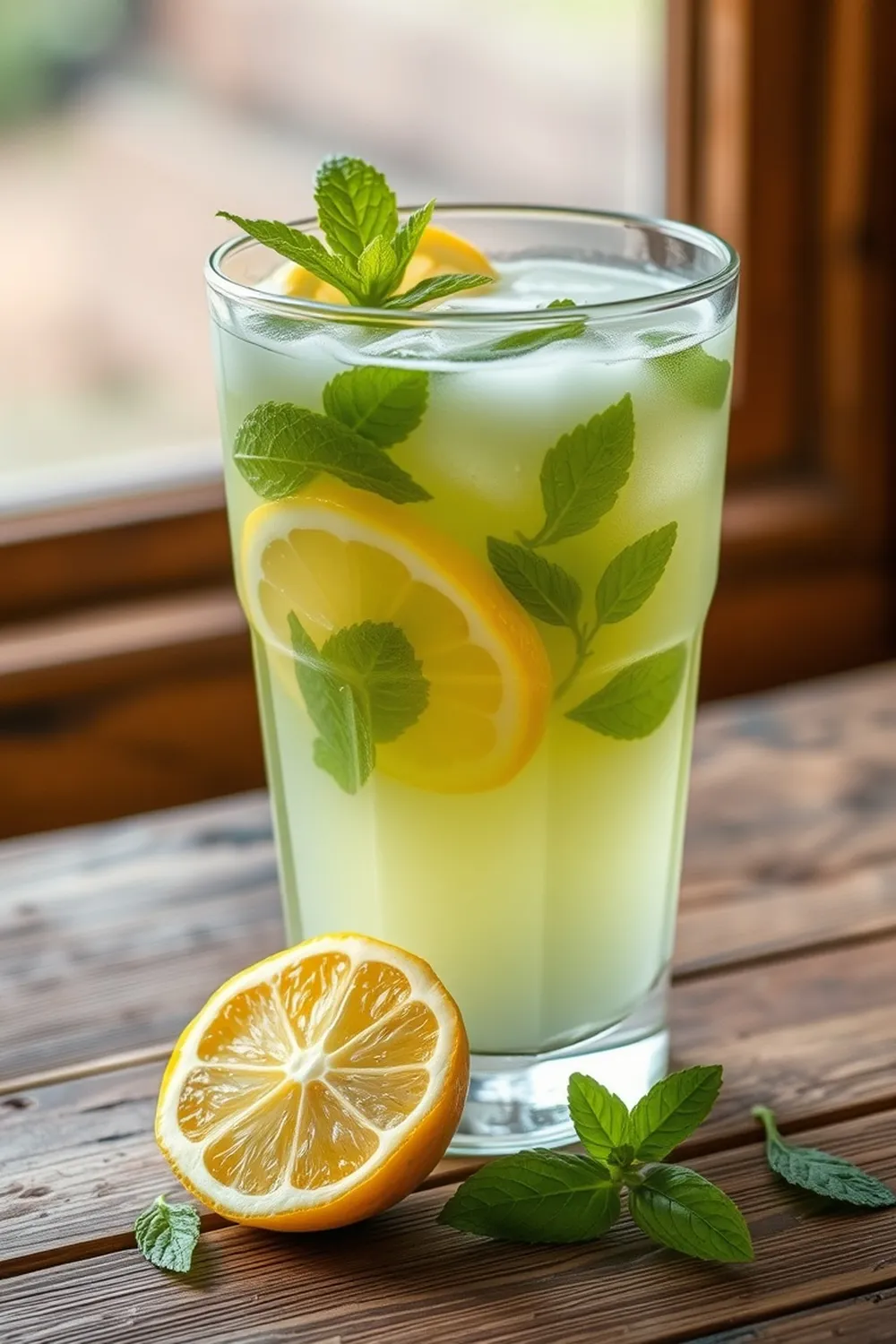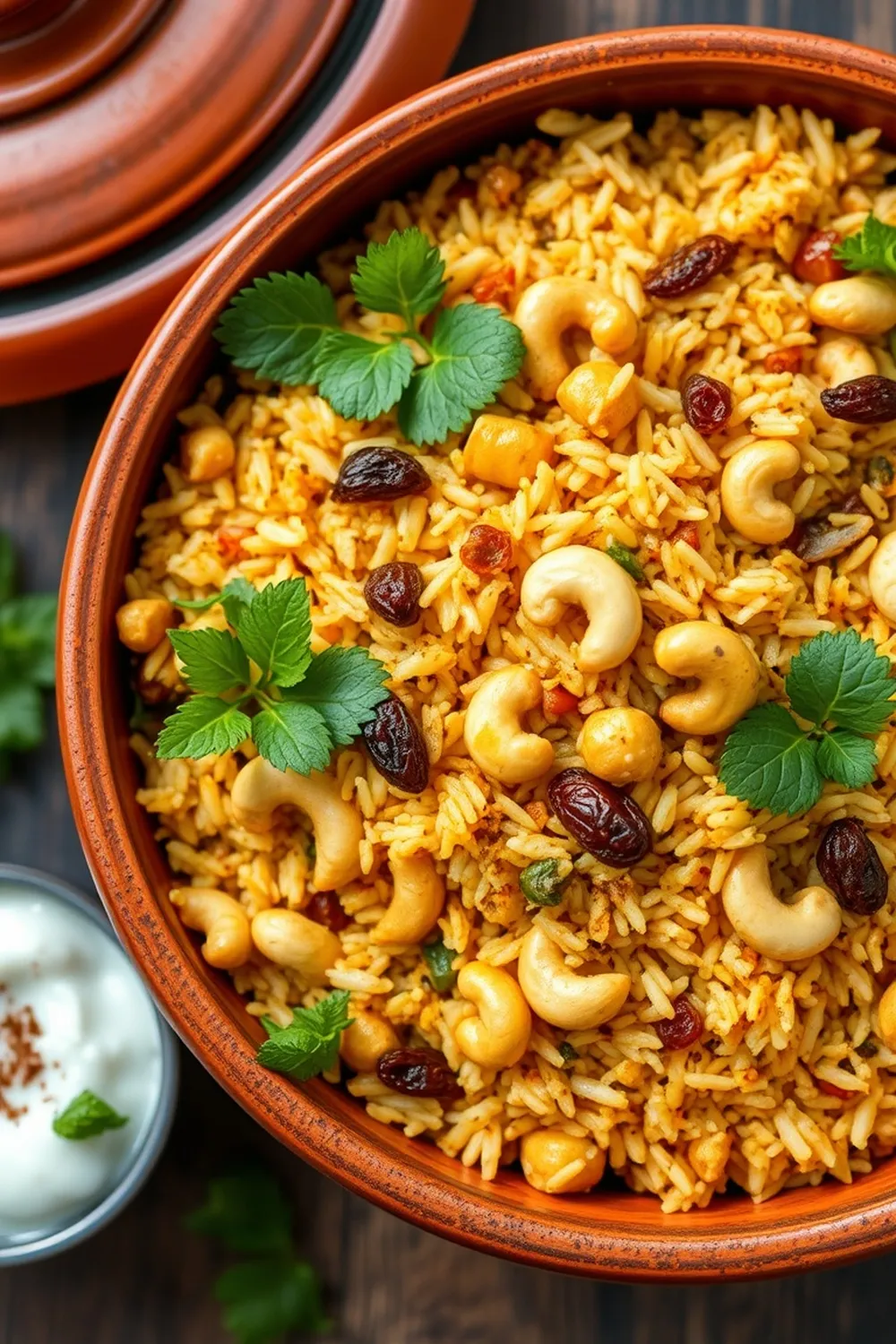- Heat oil in a pan. Add mustard seeds; when they splutter, add urad dal and red chilies. Sauté until golden brown. Remove and set aside.
- In the same pan, sauté pearl onions until translucent.
- Add Brahmi leaves and sauté on low heat until wilted and raw aroma fades.
- Add coconut, salt, tamarind, and sauté for 2-3 minutes.
- Return the fried dal and chilies to the pan. Let mixture cool.
- Grind to a coarse texture with minimal water. Adjust salt if needed.
- Serve with hot rice, dosa, or idli.
- Calories:180 kcal25%
- Energy:753 kJ22%
- Protein:4 g28%
- Carbohydrates:15 mg40%
- Sugar:2 mg8%
- Salt:300 g25%
- Fat:12 g20%
Last Updated on 4 months by Neha Deshmukh
Brahmi Leaves Chutney Recipe – Authentic Vallarai Keerai Side Dish
Hey everyone! If you’re anything like me, you’re always on the lookout for delicious, healthy, and slightly different side dishes to spice up your meals. Today, I’m sharing a recipe that’s been a family favorite for years – Brahmi Leaves Chutney, also known as Vallarai Keerai Chutney. It’s a vibrant, flavorful chutney packed with goodness, and honestly, it’s way easier to make than you might think!
Why You’ll Love This Recipe
This chutney isn’t just tasty; it’s a little powerhouse of health benefits. Brahmi leaves (Vallarai Keerai) are known for their amazing properties, and this chutney is a fantastic way to incorporate them into your diet. Plus, the combination of flavors – the slight bitterness of the Brahmi, the tang of tamarind, and the heat of the red chillies – is just chef’s kiss. It’s a wonderful accompaniment to so many South Indian dishes, and I guarantee it’ll become a regular on your table too!
Ingredients
Here’s what you’ll need to whip up a batch of this delicious chutney:
- 1 cup Vallarai Keerai/Brahmi leaves
- 1.5 tbsp Oil (sesame seed oil preferable) – about 24ml
- 1 tsp Mustard seeds
- 2 tbsp Urad dal
- 3 Red Chillies
- 10-12 Pearl Onions
- Peas sized ball or 1/2 tsp Tamarind
- 2 tbsp Grated coconut or coconut bits
- Salt to taste
Ingredient Notes
Let’s talk ingredients for a sec! A few little things can make a big difference:
- Sesame Oil: Seriously, if you can get your hands on sesame seed oil, use it. It adds such a lovely nutty flavor that really elevates the chutney. But any cooking oil will work in a pinch!
- Brahmi Leaves/Vallarai Keerai: These leaves are the star of the show! You can usually find them at Indian grocery stores. They have a slightly earthy, almost minty flavor. They’re amazing for brain health and memory – my grandma always swore by them!
- Tamarind: I like to use a small ball of tamarind and soak it in warm water before using. This helps release all that lovely tangy flavor. You can adjust the amount depending on how tart you like your chutney.
- Red Chillies: The type of red chillies you use will affect the spice level. I usually use Byadagi chillies for color and mild heat, but you can use any dried red chillies you prefer. Some people even like adding a single, fiery chilli for an extra kick! Regional variations often use different types – feel free to experiment.
Step-By-Step Instructions
Alright, let’s get cooking!
- First, heat the oil in a pan over medium heat. Once it’s hot, add the mustard seeds. Wait for them to splutter – that’s when you know they’re ready!
- Next, add the urad dal and red chillies. Sauté until the dal turns golden brown and fragrant. This usually takes a few minutes. Remove from the pan and set aside.
- In the same pan, add the pearl onions and sauté until they become translucent. They should soften up nicely.
- Now, add the Brahmi leaves and sauté on low heat until they wilt and the raw aroma fades. This is important – you don’t want any bitterness from the leaves.
- Add the grated coconut, salt, and tamarind to the pan. Sauté for another 2-3 minutes, stirring constantly.
- Return the fried dal and chillies to the pan. Give everything a good mix.
- Let the mixture cool down completely before grinding. This is key for a smooth chutney.
- Finally, grind the mixture to a coarse texture using minimal water. Add a little more water if needed, but you want it to be thick and flavorful. Adjust the salt to your liking.
And that’s it! Your Brahmi Leaves Chutney is ready to enjoy.
Expert Tips
- Don’t overcook the Brahmi leaves, or they’ll become bitter.
- Cooling the mixture before grinding helps prevent the chutney from becoming too watery.
- Taste as you go and adjust the salt and tamarind to your preference.
Variations
- Vegan Adaptation: This recipe is naturally vegan!
- Spice Level Adjustment: My friend Priya loves a super spicy chutney, so she adds an extra chilli or a pinch of chilli powder. Feel free to adjust the heat to your liking.
- Serving with different South Indian Breakfasts: While it’s amazing with rice, dosa, and idli, this chutney also pairs beautifully with upma, pongal, or even vada.
- Spinach Substitute: If you can’t find Brahmi leaves, you can use spinach as a substitute, though the flavor will be different. You might want to add a little mint for a similar freshness.
Serving Suggestions
This chutney is incredibly versatile! I love serving it with a simple bowl of hot rice and a dollop of ghee. It’s also fantastic with dosa, idli, vada, and uttapam. Honestly, I’ve even been known to sneak a spoonful straight from the fridge!
Storage Instructions
You can store this chutney in an airtight container in the refrigerator for up to 3-4 days. It might thicken up a bit as it sits, so just add a little water and mix well before serving.
FAQs
Q: What are the health benefits of Brahmi leaves/Vallarai Keerai?
A: Brahmi leaves are known for their cognitive benefits – they can help improve memory, focus, and overall brain health. They’re also rich in antioxidants and have anti-inflammatory properties.
Q: Can I make this chutney ahead of time?
A: Absolutely! You can make it a day or two in advance. The flavors actually meld together even more beautifully over time.
Q: What is the best way to store Brahmi leaves?
A: Brahmi leaves are best stored in the refrigerator, wrapped in a damp paper towel and placed in a plastic bag. They’ll stay fresh for a few days.
Q: Can I use fresh tamarind paste instead of a small ball?
A: Yes, you can! Use about 1-2 teaspoons of tamarind paste, depending on your preference.
Q: What can I serve this chutney with besides rice, dosa, and idli?
A: So many things! Try it with uttapam, vada, pongal, upma, or even as a spread for sandwiches. It’s also delicious with vegetable pakoras.
Enjoy! Let me know in the comments if you try this recipe and what you think. I’m always happy to hear from you.









